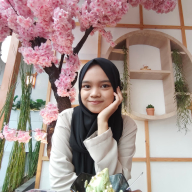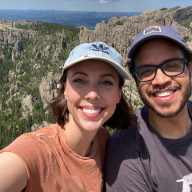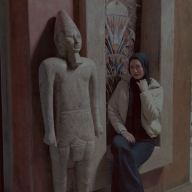Customer Journey Map - The Social Hub
As The Social Hub expands its co-working and remote services, it seeks to attract a growing segment of remote creatives and freelancers.
However, the brand’s current onboarding experience and workspace communication lack personalisation and emotional resonance.
To better meet user expectations, a research is conducted to define a primary persona and identify experience gaps across the user journey.
Research Approach
- Competitor analysis – I've analysed key global and local players like WeWork, Spaces, StartDock, and 42workspace
- User review analysis – Searched for recurring themes from platforms like Google Reviews, Reddit, and Trustpilot
- Persona development – Creating a key persona for this target audience of The Social Hub
Competitor Analysis
The co-working market is highly segmented, with each competitor targeting distinct audiences, from students and remote workers to tech startups and creatives. The Social Hub uniquely positions itself by targeting students, remote workers, and expats while offering high flexibility and lifestyle-focused amenities like hotels, bars, and gyms.
Beyond pricing, competitors differentiate through interior design and experience. The Social Hub's playful, urban aesthetic contrasts with WeWork's sleek corporate, modern approach reinforcing their distinct market positioning and target audiences.
Persona development
I've developed a persona to represent the key target audience of The Social Hub. A 28-year-old freelance UX/UI designer who works remotely across Europe.
She values flexibility, inspiration, and community, but often struggles with unclear booking systems, impersonal onboarding, and uncertainty about the workspace vibe.
Laura’s goals, frustrations, and emotional needs are the basis of the customer journey map and helped finding and highlighting opportunities for improvement.
Customer Journey Map
While Laura ultimately completes a successful but challenging journey at The Social Hub, her path reveals significant moments of uncertainty during the discovery and evaluation phases.
These early touchpoints lacked clarity, warmth, and differentiation all of which are essential for a creative professional like Laura, who relies heavily on first impressions to make decisions.
Though she went ahead with a trial, a less motivated or more skeptical user may have dropped off earlier, choosing a more transparent, visually engaging, or better-communicated co-working space.
This highlights an opportunity for The Social Hub to strengthen its digital storytelling, onboarding clarity, and brand personality earlier in the user journey. Doing so could turn hesitation into confidence, and casual interest into long-term engagement.
Opportunities & Next Steps
Based on the user journey map, the key opportunities center around three main areas:
- Enhanced storytelling and social proof - Improving how the space communicates its value and community through better visual content and testimonials from existing members.
- Streamlined decision making - Simplifying pricing information and adding visual tools like walk-throughs to help prospects evaluate the space more easily.
- Improved onboarding experience - Creating more personalized welcome communications and better orientation support to help new members integrate into the community and navigate the space confidently.
These opportunities collectively address the gap between Laura's initial curiosity and her goal of finding a creative, flexible workspace where she can connect with like-minded professionals.
Reviews
5 reviews
Siebe, great work highlighting real gaps in the early stages of the user journey - your persona is relatable, and the journey map clearly ties insights to actionable opportunities.
To take it further, adding a few emotional cues or quotes from real users could make the journey feel even more grounded and persuasive. Overall, it’s a thoughtful, well-structured project with clear next steps - a strong foundation for improving The Social Hub’s user experience.
The Customer Journey Map – The Social Hub is visually engaging and does a good job outlining the end-to-end experience of the user. The clean segmentation of touchpoints, user feelings, and opportunities for improvement makes it easy to digest. To take it further, you could briefly explain the context: who the target user is, what The Social Hub offers, and how this map informed next steps in the design process. Even just a short sentence on whether this was derived from interviews, assumptions, or data would add great value. 🎯🗺️✨
Hello Siebe, excellent work on this Social Hub customer journey map! Your process is thorough and well-documented — from competitor analysis through persona development to the detailed journey map with touchpoints and emotions. The opportunities identified show strong strategic thinking. The visual presentation is clean and the narrative clearly explains your UX research approach. Great job!
While your Customer Journey Map clearly shows where users feel unsure and what frustrates them, there are some areas to improve.
The suggestions for better storytelling and onboarding could be more detailed to explain exactly how to make these experiences warmer and clearer.
Also, showing visual examples of pricing info or walk-through tools would help others understand your ideas better.
Finally, adding real user feedback after making changes would prove that your solutions work well.
Filling these gaps will make your project stronger and help The Social Hub attract and keep more creative users.
Great
You might also like
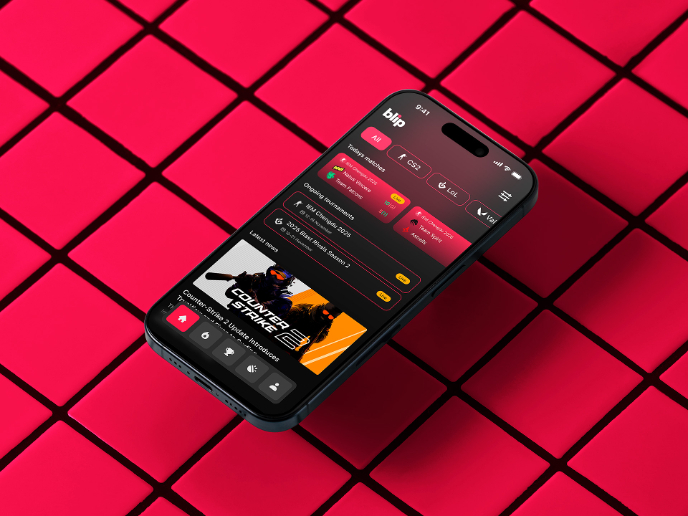
Blip - Esport app design (Light & Dark UI)
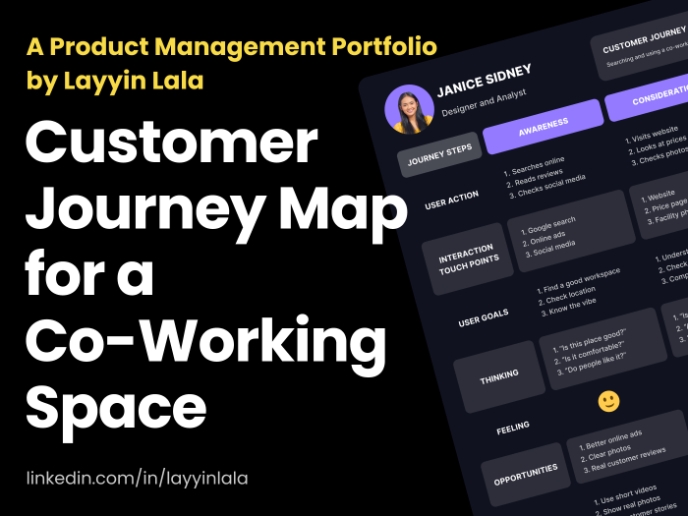
Customer Journey Map for a Co-Working Space
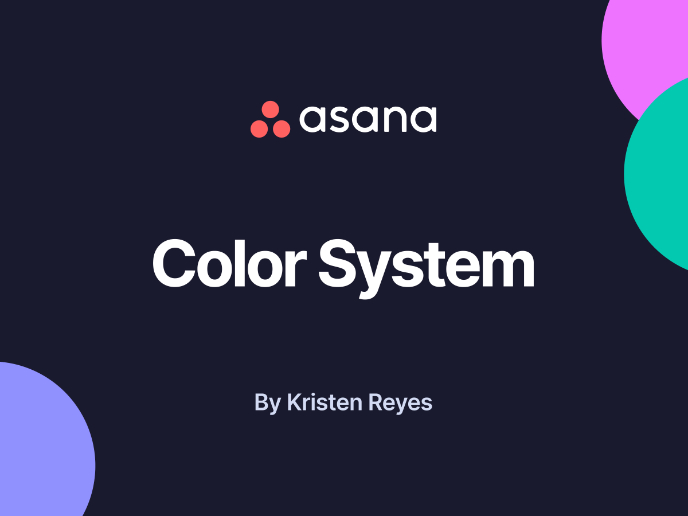
Reimagining Asana's Color System
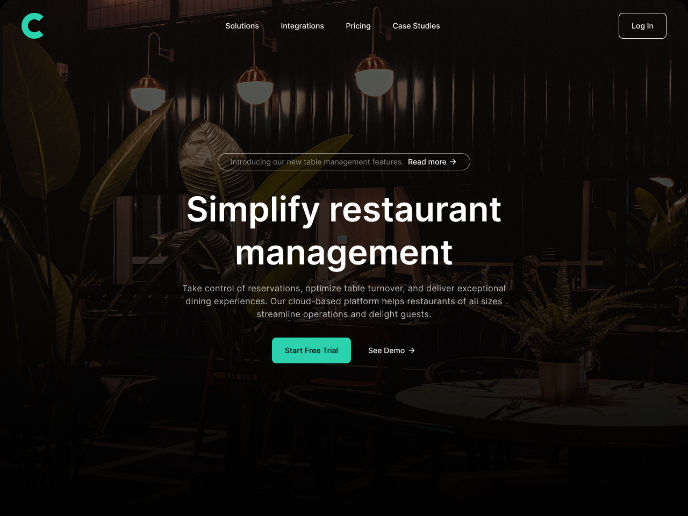
Responsive Main Screen
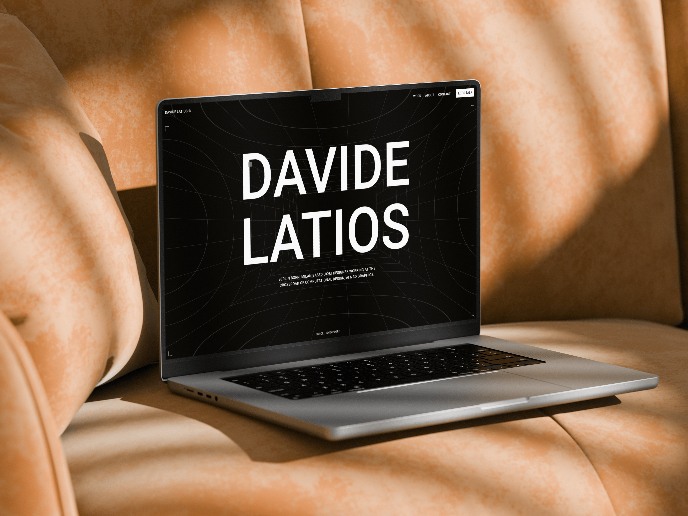
Latios - Free Portfolio Template for UX/UI Designers
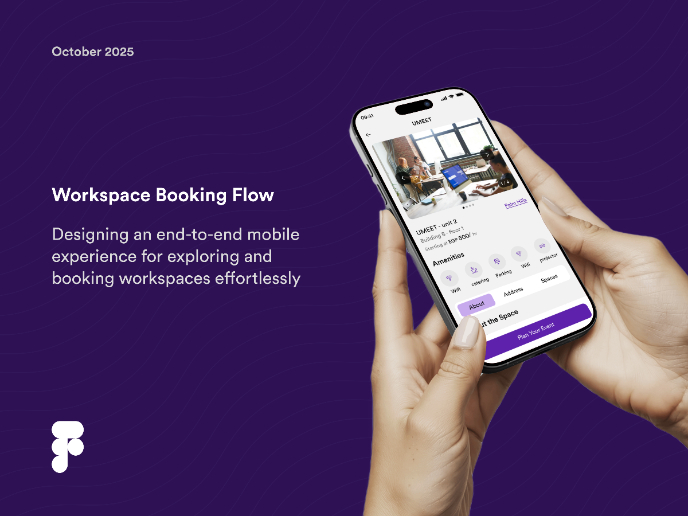
Workspace Booking Flow - UI/UX Design
User Research Courses

Introduction to Product Management

The Product Development Lifecycle & Methodologies













